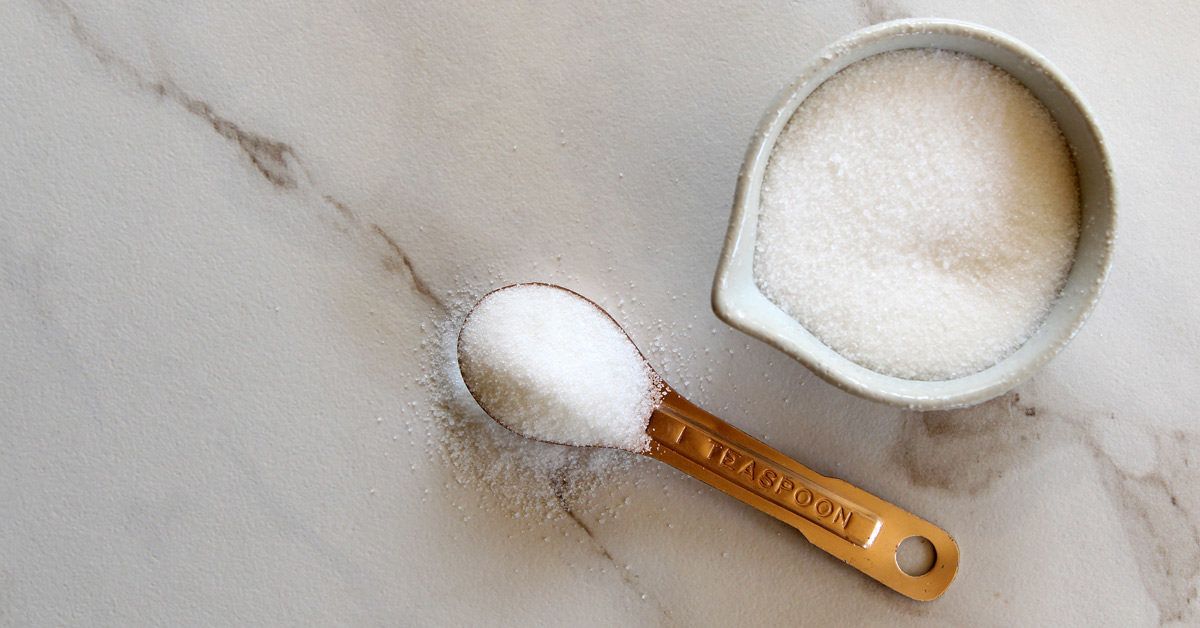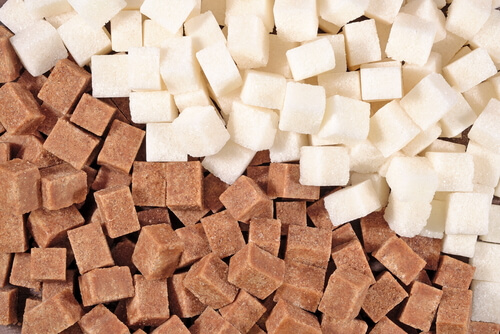Food companies consider beet sugar vs cane sugar when choosing sweeteners for different confectionery items.
Food companies consider beet sugar vs cane sugar when choosing sweeteners for different confectionery items.
Blog Article
Discover the Uses and Conveniences of Beet Sugar Vs Cane Sugar in Your Daily Diet
Exploring the distinctive high qualities of beet and cane sugar discloses even more than just their sweetening abilities; it highlights their unique effects on wellness and culinary arts. Beet sugar, known for its subtle flavor, is typically favored in delicate treats, whereas cane sugar, with its hint of molasses, adds splendor to durable meals. Each kind holds its very own nutritional profile and glycemic effects, welcoming a much deeper understanding of their duties in a balanced diet regimen and lasting intake methods.
Origin and Production Procedures of Beet and Cane Sugar

The distinctive environments and soil kinds required for expanding sugar beetroots and sugarcane add to distinctions in their farming practices and geographical distribution, influencing the economics and sustainability of their manufacturing. beet sugar vs cane sugar.
Nutritional Contrast In Between Beet Sugar and Cane Sugar
In spite of originating from different plants, beet sugar and cane sugar are nutritionally really similar, both largely including sucrose. Each supplies about 4 calories per gram, converting to approximately 16 calories per tsp. Structurally, both sugars are made up of approximately 99.95% sucrose, with marginal quantities of other materials like dampness and trace minerals, which do not dramatically alter their dietary accounts.

Inevitably, when more information choosing in between beet sugar and cane sugar based upon dietary content alone, both deal identical benefits and disadvantages as they are basically forms of the exact same molecule-- sucrose, providing quick power without various other nutrients.
Influence On Health And Wellness: Glycemic Index and Caloric Content
Checking out further right into the results of beet sugar and cane sugar on health, it is vital to consider their glycemic index and calorie content. The glycemic index (GI) of both beet and cane sugar is around 65, categorizing them as high-GI foods, which can create fast spikes in blood glucose degrees.
Each kind of sugar contains around 4 calories per gram, making their caloric web content matching. For those keeping track of calorie intake, specifically when managing weight or metabolic health conditions, recognizing this equivalence is important (beet sugar vs cane sugar). Too much intake of any type of high-calorie, high-GI food can add to wellness issues such as excessive weight, heart condition, and insulin resistance.
Environmental and Economic Considerations of Sugar Production
Beyond wellness influences, the manufacturing of beet and cane sugar likewise increases substantial ecological and economic issues. Sugar beet farming often tends to call for cooler climates and has a lower geographical impact compared to sugar cane, which prospers in exotic regions.
Furthermore, using chemicals and fertilizers in both beet and cane sugar growing can bring about dirt degradation and air pollution, further affecting biodiversity and neighborhood water bodies (beet sugar vs cane sugar). The option between cultivating sugar beet or cane often depends upon neighborhood ecological problems and economic aspects, making the sustainability of sugar manufacturing a complicated issue
Culinary Applications and Flavor Distinctions
While the ecological and economic aspects of sugar production are certainly considerable, the choice in between beet and cane sugar also influences culinary applications and flavor profiles. Beet sugar, stemmed from the sugar beet plant, look what i found is recognized for its extremely neutral preference. This makes it a Home Page flexible active ingredient in baking, where it does not alter the flavor of other elements. It dissolves rapidly and is perfect for use in cakes, cookies, and pastries.
Walking stick sugar, drawn out from sugarcane, typically preserves molasses traces, which pass on an unique splendor and deepness. This mild molasses taste boosts the intricacy of baked products, sauces, and sauces. It is particularly favored in items where a caramel undertone is wanted, such as in brownies or gingerbread. In addition, the slight variation in dampness material in between beet and cane sugar can impact the texture and consistency of meals, making cane sugar a preferred selection for certain recipes that benefit from its one-of-a-kind buildings.

Verdict
To conclude, both beet and cane sugar have distinctive beginnings and manufacturing processes, using similar dietary accounts with small distinctions in sodium material and flavor. While their impact on health and wellness, particularly regarding glycemic index and calories, is comparable, the selection between them frequently boils down to environmental, financial elements, and specific cooking needs. Recognizing these facets can direct consumers in making notified choices that straighten with their health and wellness goals and flavor choices.
Report this page